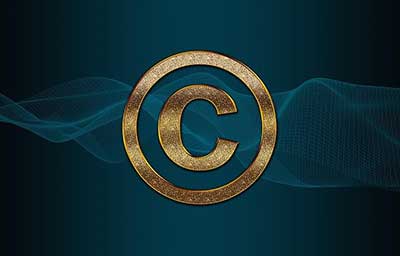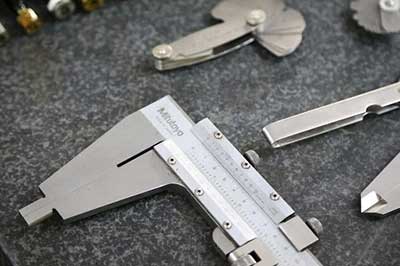Creating a new product can be an exciting journey. It can also be a cause for anxiety if it’s your first time and you don’t know where to go. Here are 5 tips to help get you make sure you take the right steps with your new idea.
Product Patents

Have you looked at getting a patent on your product? If not, it should be something you should consider. A patent will protect your idea from being copied and reproduced in the country it is approved in.
There are two type of patents, design patents and utility patents. Design patents protect a unique aesthetic feature of a product, while utility patents protect a unique function of a product.
Both are good to have on a product. You can ask a patent lawyer to do look up and see if anyone has an existing patent on your product’s ideas and the steps you can take to for patent approval.
Having a patent will give you legal protection and prevent others from copying and selling your product. What you would then need to watch out for is having the right, trustworthy people manufacture your product. Just because you have a U.S. patent on a product doesn’t mean someone from another country can’t take your idea and sell it. You need to choose overseas partners with care.
At Global Trade Specialists, we have exclusive manufacturing agreements in place with our partners and they are bound to sell your ideas to you and only you. We vet our overseas companies carefully and strive to ensure our customer’s ideas are safe and protected.
Market Research

It’s always a good idea to do some market research on a new product. You may have a creative idea, but is it a creative idea that people will want or need enough to spend money on? You’ll need to find out what your target demographic is for your product. Is your product for the youth, or for the elderly? Are men more likely to use it, or women?
Knowing who you’ll market to will allow you to perform market research that will get you the most valuable data.
Try presenting your idea to people in your target market, and get their feedback. If you can try having a physical prototype of your product made to show people rather than just using pictures and videos. The more ways people can experience your newly invented idea, the more feedback they can give on it.
Ask more open ended questions rather than yes or no questions to help pinpoint what people like and don’t like about your product. Make sure you ask if there is one thing people would change about your product, what would it be? Sometimes you may get ideas you hadn’t thought of before.
Have a Domestic Engineer Design your Product

While inventing your new product, you’ll have an easier and potentially more cost effective solution by using a U.S. based engineer. The reason for this is not many foreign firms are deeply familiar with U.S. regulations. Foreign firms that have expertise in U.S. standards are going to charge more for that knowledge.
Not every country’s engineering schools provide the same depth of expertise and skill that U.S. schools do.
Having to fix designs can result in unnecessary rounds of designing and prototyping that can cost time and money.Product Testing

One of the more overlooked aspects of inventing a new product is testing it thoroughly.
You need to make sure your product will be able to pass certification with the corresponding regulations. For example, tools used in the workplace need to be compliant with the Occupational Safety and Health Administration (OSHA) regulations. There are certified laboratories that can perform product testing to certify your product with the right agency. If you need help getting pointed in the right direction, you can click here.
Tailor your Packaging to your Product
Don’t forget to think about how you want your product packaged! Custom packaging can be a nice way to distinguish your product from the competition. After all, the first way customers are going to experience your product will most likely be when they see it on the shelf. Your packaging should at the least protect it enough to get to its destination.
If you are looking for help with designing and prototyping your invention, contact us! Our engineering team would be happy to help you.
